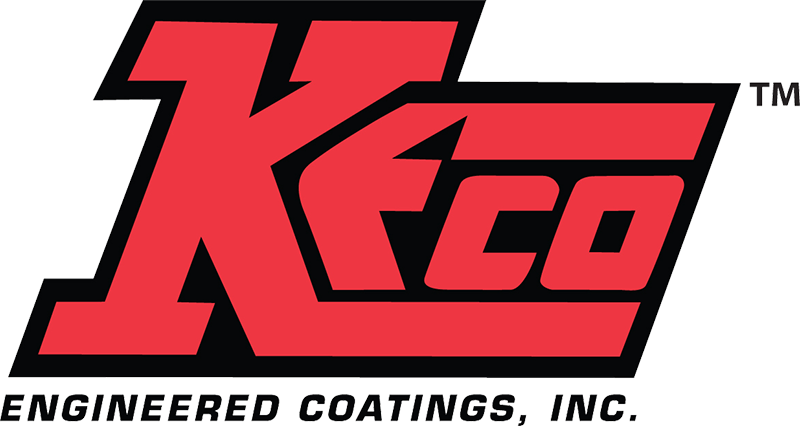The Art of Masking
Masking is an extremely important portion of KECO Engineered Coatings process. Many of the parts that come through our doors have specific needs and requirements and we jump head first into making sure we can meet those requirements.
Parts might require certain areas to be protected from the elements. Coatings have different requirements to properly cure and area might not do well in the elements.
Reasons to mask:
- Appearance requirements
- Tight tolerances
- Electrical requirements
- Protecting mating services
Appearance requirements:
Often, more so with powder coating, the customer will request specific parts to be protected because they have a desire for something visual on the part. Typically this requirement would fall under a car part like car-rims but isn’t exclusive to that.
Tight Tolerances:
Dependent on the thickness of the coating being applied masking of a threaded hole might be required. Coatings can at times be very thick and when unmasked can ruin the threaded hole from being able to securely fasten a part.
Electrical requirements:
Much like the tolerances for parts, some parts being coated have electricity to a certain degree run through them. Unmasked areas that would receive coating could damage the electrical currents they produce.
The equipment we use:
There are many different things used to mask off your parts when they enter our shop.
High temp/regular tape:
The coatings we apply often require high temperatures in our ovens in order to properly cure and adhere to the surface. Like you would paint your house, tape can be used to prevent surfaces from receiving the coating for the reasons above.
Regular tape can be used instead of high temp tape when the part isn’t required to face high temperatures from an oven or when the part is being coated.
Silicone plugs:
When tightness or threaded holes need protecting silicone plugs will be used in order to protect those surfaces. These plugs can be designed specifically for jobs and come in a range of sizes. These plugs fit into specific holes and protect the area from the coating.
